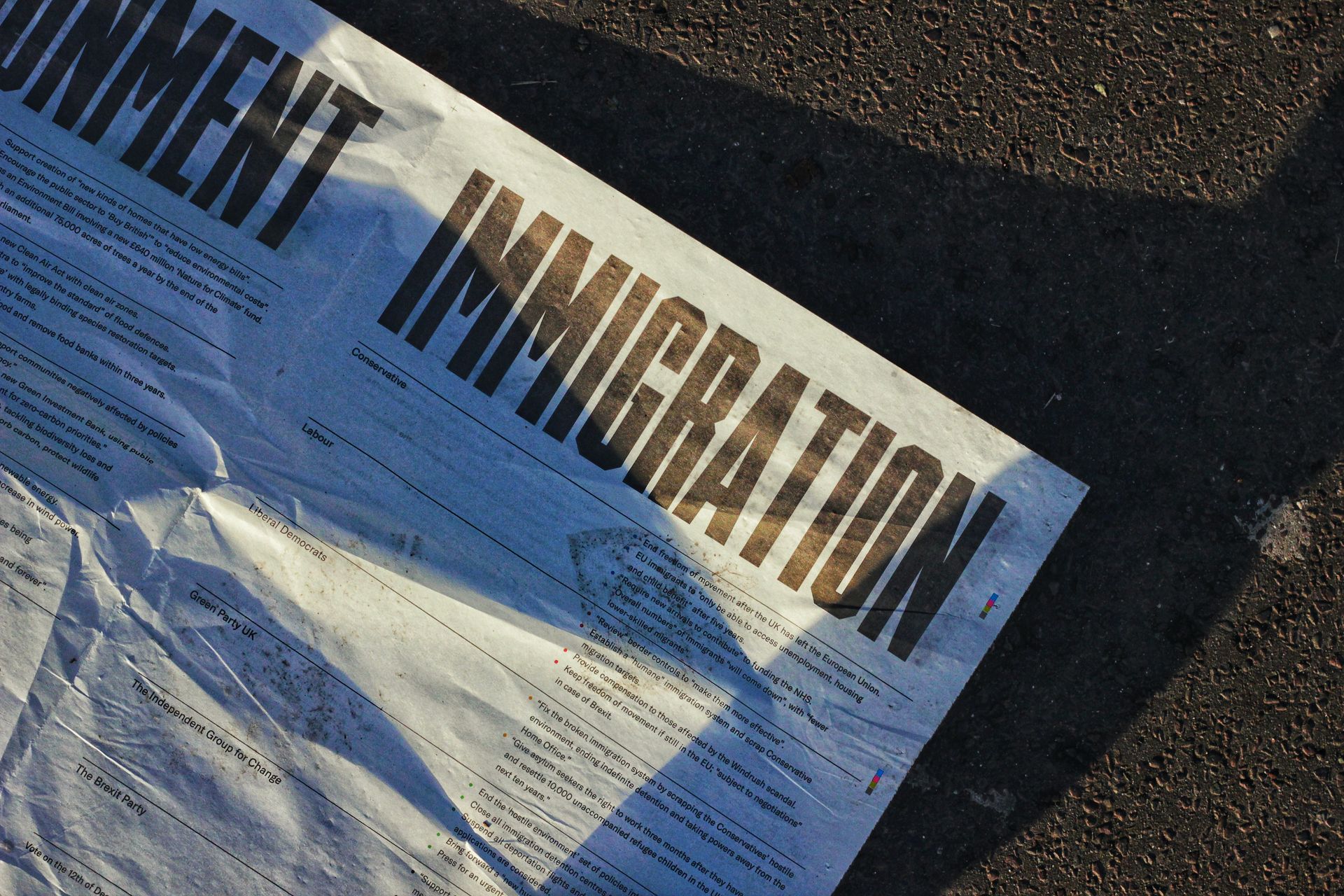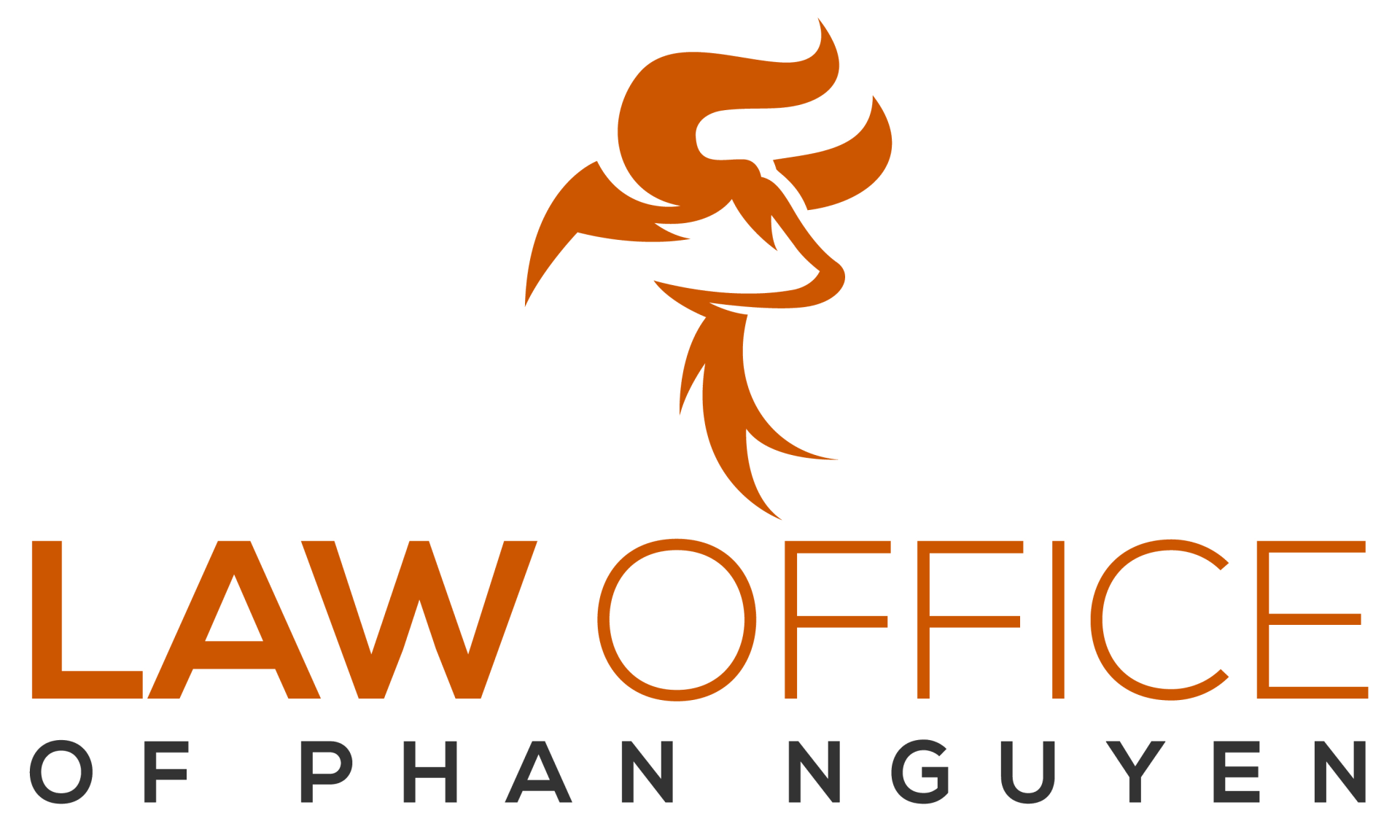Public Charge Rule; A Lawyer's Guide to Self-Sufficiency for USCIS

The Public charge rule used to be more of a suggestion.
Introduced in 1999, the Department of Homeland Security issued an advisory note that would allow DHS/USCIS to deny visas to those who would become a “public charge” as immigrants. It’s not a new concept, it’s actually been around as early as 1882, formalized in 1999, normalized in 2019, and then finally legalized as a rule in 2022.
The United States government is not in the business of immigration as a service to the individual, but as a service to the country. If you look at any other country in the world, Japan, England, France, Germany, China, Russia, etc -- you’ll notice that the majority of their think tanks (the driving human-force behind their ingenuity, creativity, and progress) and labor force are generally their own people. However, with the United States this is generally done by immigrants. After the era of baby boomers, the population growth in the United States has been steadily declining, but our production has either ramped up or stayed steady, and that’s because what the United States lack in its own population, it supplements with immigrants. This is the key to the new public charge rule. The United States does not want to take in anyone who may be a public charge (a person dependent on the United States government for assistance).
When a Legal Permanent Resident (“LPR”) or United States Citizen (“USC”) applies to sponsor a noncitizen, one of the requirements that they will normally need meet is the income-requirement, does the petitioner of the noncitizen have enough money and assets to support the noncitizen so that the United States government will not have to support them.
In 2019 under then President Trump, the administration issued the Public Charge rule, which expanded on the list of services that if a noncitizen was taking advantage of, would disqualify them from adjusting their status if they otherwise would qualify. This list included Supplemental Nutrition Assistance Program (SNAP), Section 8 housing assistance, any federal housing subsidies or rental assistance, Medicaid for non-emergencies, except for pregnant women and mothers who saw the doctor within 60 days of birth, people with disabilities, and children under age of 21. It also instituted a personal Financial Resource requirement, which meant another form for the applicant to fill out on their way to become an LPR. It was also a harsh requirement as it required the applicant’s household income to be at least 125-250% of the Federal Poverty guidelines. These rules targeted and affected mostly LPR applicants (Green card applicants). The rule was also very broad as to what else other than the aforementioned were considered to deem a noncitizen a “public charge”, as with most overbroad rules, it was later vacated by the U.S. District Court for the Northern District of Illinois on November 2, 2020.
Well, now it’s back, sort of. The “new” Public Charge Rule went into effect December 23, 2022. Under the new guidance, noncitizens are considered likely at any time to become a public charge if they are likely at any time to become primarily dependent on the government for subsistence. This could be anything from either the receipt of public cash assistance for income maintenance or long-term institutionalization at the government’s expense.
Public Cash Assistance
The rule defines public cash assistance for income maintenance such as:
- Supplemental Security Income (SSI);
- Cash assistance for income maintenance under the Temporary Assistance for Needy Families
(TANF) program; or - State, tribal, territorial, or local cash benefit programs for income maintenance, commonly called “General Assistance.
This DOES NOT include ALL benefits. Learn more about the actual rule to see what is considered a public charge under the new rule and what does not. It is an extensive list as it does not want to risk being overbroad.
Some of the benefits listed that will not be considered receipt or approval of benefits are:
- Supplemental Nutrition Assistance Program (SNAP) or other nutrition programs;
- Children’s Health Insurance Program (CHIP);
- Medicaid (other than for long-term use of institutional services under section 1905(a) of the
Social Security Act); - Housing benefits;
- Any benefits related to immunizations or testing for communicable diseases; or
- Other supplemental or special-purpose benefits.
For the purpose of a public charge inadmissibility determination, “long-term institutionalization at government expense” means government assistance for long-term institutionalization (in the case of Medicaid, limited to institutional services under section 1905(a) of the Social Security Act) received by a
beneficiary, including in a nursing facility or mental health institution.
Public Assistance Programs
Some public assistance programs are not considered a public charge under this new rule are:
- Treatments or preventative services related to COVID-19, including vaccinations;
- The use of home and community-based services (HCBS);
- Any services provided under the Robert T. Stafford Disaster Relief and Emergency Assistance Act
(Stafford Act)268 or comparable disaster assistance provided by state, tribal, territorial, or local
governments; - Benefits under the Emergency Food Assistance Act (TEFAP);269
- Child and Adult Care Food Program (CACFP);
- School lunch programs;
- Cash payments that are provided for childcare assistance or other supplemental, special
purpose cash assistance; - Cash payments that are provided as part of pandemic or disaster relief funds, such as the
American Rescue Plan Act;
The list is extensive and if you are uncertain if the benefits you received from the government qualifies, you can look at Public Policy Alert (pages 38-40) for more details or consult with an immigration attorney.
An important note is that intermittent periods of institutionalization, even on recurring basis, are not considered “long-term.” Additionally, according to the Final Rule, no other services paid for by Medicaid, including home and community-based services (HCBS), and no services provided under the Children’s Health Insurance Program (CHIP), are considered as long-term institutionalization at government expense.
“Receipt” occurs only when the applicant is the beneficiary of the benefit. Benefits received by relatives (including children) or benefits received on behalf of other parties are not considered “received” by the applicant. Similarly, applying for a benefit (without receiving it) OR an approval of a benefit for future receipt are also not considered “receipt.” This means that you can apply for some of the benefits listed in the rule, but until you actually received the cash/benefit, it will not trigger the public charge rule.
The new Public Charge rule does require less paperwork than the 2019 Public Charge rule under the Trump administration, but does require a bit more paperwork than prior to the new rule’s implementation on December 23, 2022. If you feel confused or uncertain about this new change, please do not hesitate to contact an immigration attorney, as any application that fails to meet this new requirement will be rejected.


